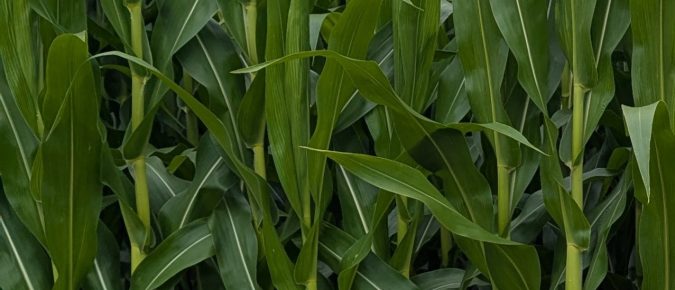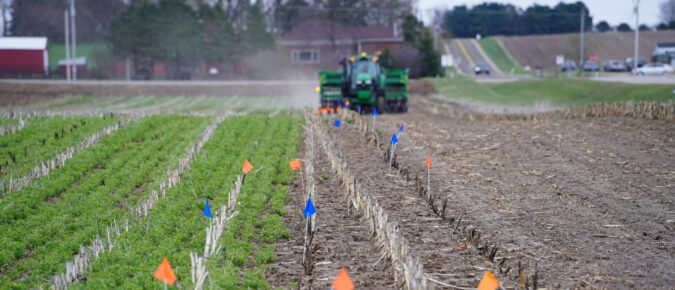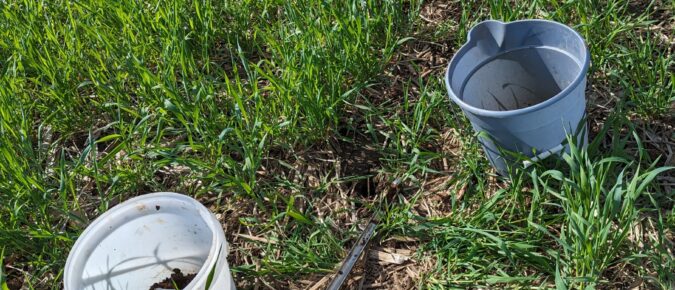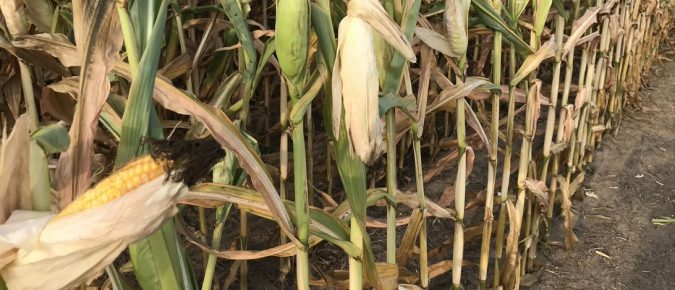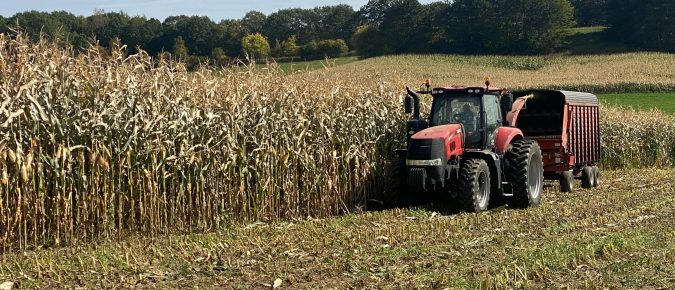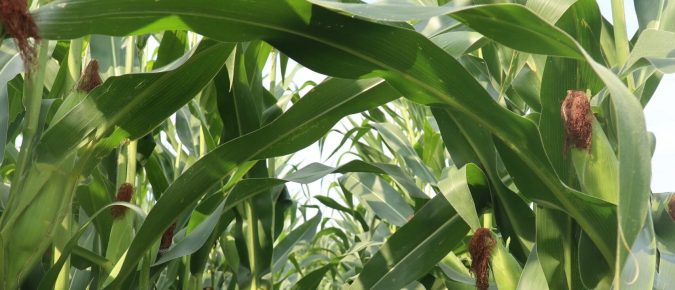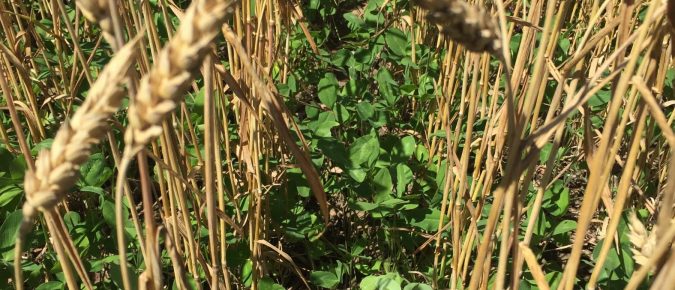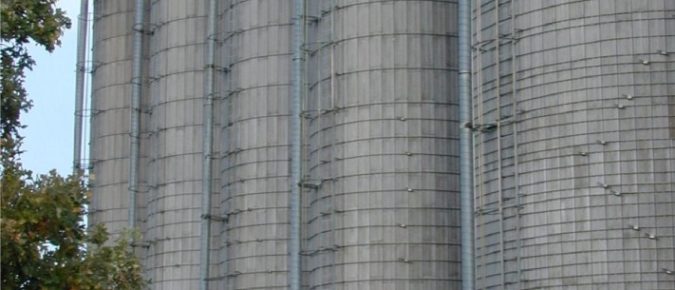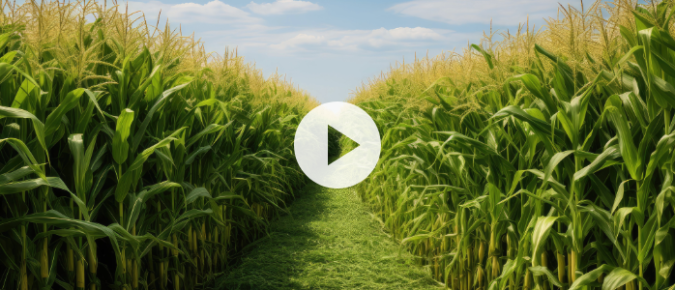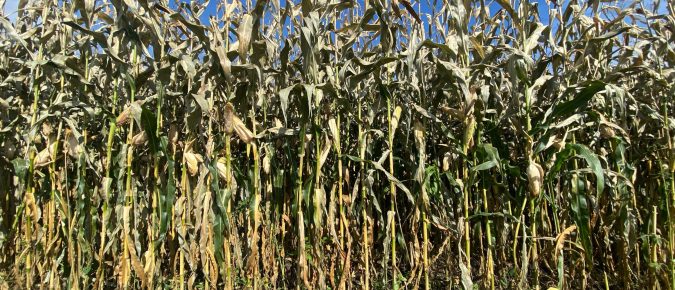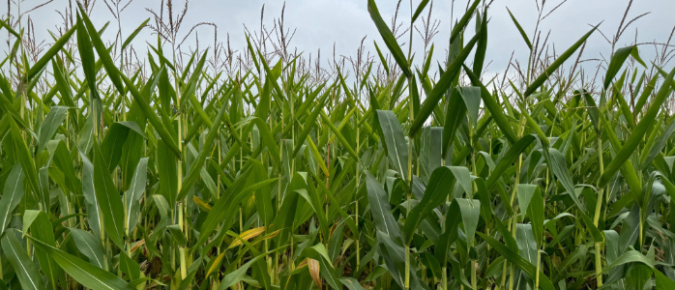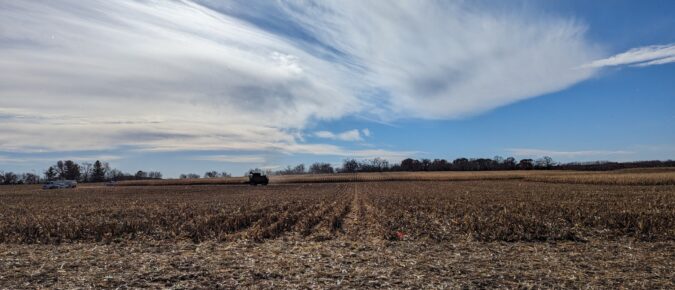Rubens Diogo, a postdoctoral research associate in the Ané Lab, UW–Madison Department of Bacteriology, shares groundbreaking research on enhancing biological nitrogen fixation (BNF) in corn.
Josh Kamps covers hybrid and variety trial data for corn, soybeans, and small grains, pest and disease management considerations, herbicide resistance, and scouting strategies.
Jerry Clark, regional crops educator, presents findings from the first year of a statewide research project evaluating Maximum Return to Nitrogen (MRTN) rates for corn grain and silage following manure application.
Dr. Luiz Ferraretto, associate professor and extension ruminant nutrition specialist at UW–Madison, shares expert insights on optimizing the nutritive value of corn silage to support dairy cow performance.
Liz Gartman, regional crops educator with UW–Madison Extension, introduces the new Corn Silage Dry Down Monitoring Tool developed to help growers track whole plant moisture and optimize harvest timing.
Dr. Harkirat Kaur, assistant professor and extension corn production systems specialist at UW–Madison, explores the agronomic potential of short corn hybrids as an alternative to Brown Midrib (BMR) corn for silage.
Using wheat to diversify corn-soybean crop rotations can act as a strong foundation for more effective, economic, and sustainable pest management.
As some BMR hybrids begin to phase out, the future of high-quality corn silage will depend on how well we adapt, from evaluating new hybrids like short-statured corn, to exploring biological products and fine-tuning management practices like plant population and cutting height.
The second Focus on Forage webinar in the 2025 series, Focus on Corn Silage, features research-based corn silage resources and management strategies to keep fields productive over time.
By following these guidelines, farmers growing, storing and feeding corn silage can minimize the risks posed by mycotoxins and ensure a healthier, more productive livestock feed supply.
In 2024, grain and silage performance trials were planted at 12 locations in four production zones: the southern, south central, north central, and northern zones. The purpose of these trials is to provide unbiased performance comparisons of hybrid seed corn for grain and silage available in Wisconsin.
Stover is the stalks, leaves, husks, and cobs left after corn grain harvest. Removing corn stover removes valuable nutrients from the field and increases the potential for soil crusting, erosion, and—long term—reduced water infiltration rates due to reduced soil organic matter levels.

